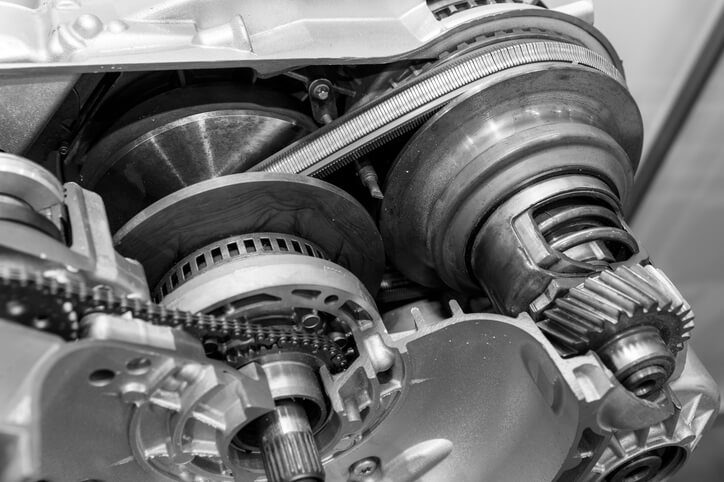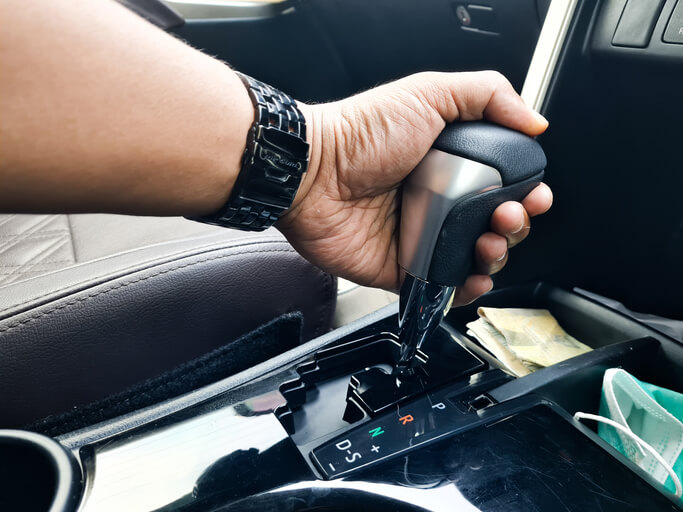CVT vs. Automatic: What Aspiring Mechanics Should Know About Modern Transmissions
CVT vs. automatic transmission: what’s the difference? If you’re gearing up for a career in the automotive field, it’s important to understand how these modern transmissions differ and what that means when working on them. In fact, for anyone pursuing auto mechanic training, mastering both systems is essential.
Below, we’ll break down how each type of transmission works, its pros and cons, and why knowledge of both is crucial for new mechanics today.
How Automatic Transmissions Work
An automatic transmission relies on a set number of gears, usually between four and ten, that shift automatically based on driving conditions. These gears are controlled by a system of planetary gears, clutches, and bands, all coordinated through hydraulic fluid and a torque converter.
This setup delivers smooth transitions as the vehicle accelerates or decelerates. Drivers often enjoy the familiar sensation of shifting and the reliability this mature technology provides.
How CVT Transmissions Work
A CVT transmission works differently. Instead of gears, it uses two pulleys connected by a strong metal belt or chain. By continuously adjusting the width of the pulleys, a CVT creates an infinite range of gear ratios.
This allows the engine to remain at its most efficient RPM, resulting in smooth, shift-free acceleration and excellent fuel economy. During automotive school, you’ll often find CVTs in compact cars and hybrid vehicles.

Pros and Cons: CVT vs. Automatic
Both systems have strengths and drawbacks.
CVT Pros:
- Superior fuel efficiency in many driving conditions
- Smoother acceleration with no shift shock
- Fewer moving parts compared to a multi-gear automatic
CVT Cons:
- Driving experience can feel less engaging
- Not ideal for high-torque engines or heavy vehicles
- Repairs can be costly and require specialized knowledge
Automatic Transmission Pros:
- Long track record of reliability
- Handles higher power and torque well
- Widely understood by mechanics, with parts more readily available
Automatic Transmission Cons:
- More moving parts add complexity and weight
- Gear shifts, while smooth, can cause slight delays
- In some cases, fuel efficiency is lower than that of a CVT

Servicing and Repair: What New Mechanics Should Know
When it comes to maintenance, both transmissions demand different approaches. An automatic transmission often requires periodic fluid and filter changes, and issues like slipping or hard shifting can signal worn clutch packs or valve problems. Many problems can be solved through component rebuilds or replacements.
By contrast, a CVT transmission is highly sensitive to fluid type and condition. Using the wrong fluid can cause serious damage. Diagnosing CVT issues often involves interpreting scan tool data, as these systems depend heavily on sensors and electronic controls. In severe cases, a CVT may need full replacement rather than repair, making proper training and attention to detail vital for technicians.
Why Learning Both Systems Matters in Today’s Automotive Training
For modern auto mechanic training students, understanding both technologies is key. A customer who complains of “slipping” might simply be experiencing the high-RPM behavior normal to a CVT, or it could be a real mechanical problem in an automatic. The ability to tell the difference saves time, money, and frustration.
Modern Transmissions: Evolving Technology and Trends
Transmission technology continues to evolve. Automatics now feature up to ten gears and smarter controls, narrowing the efficiency gap with CVTs. Meanwhile, newer CVT transmission designs are programmed to mimic traditional gear changes, creating a more familiar feel for drivers.
Other systems like dual-clutch transmissions and electric drivetrains are also on the rise, adding even more complexity for tomorrow’s mechanics to master.
Master Modern Transmissions with Auto Mechanic Training at ATC Surrey
Modern vehicles demand technicians who can handle both automatic transmission and CVT technology with confidence. At ATC Surrey, our auto mechanic program gives students hands-on training with these systems, along with exposure to emerging drivetrains. You’ll learn to diagnose issues, perform maintenance, and apply industry-standard repair techniques under the guidance of expert instructors.
Start your journey with ATC Surrey and get geared up for success. Contact ATC Surrey today for more information on enrollment and take the first step toward your career as an automotive technician!


